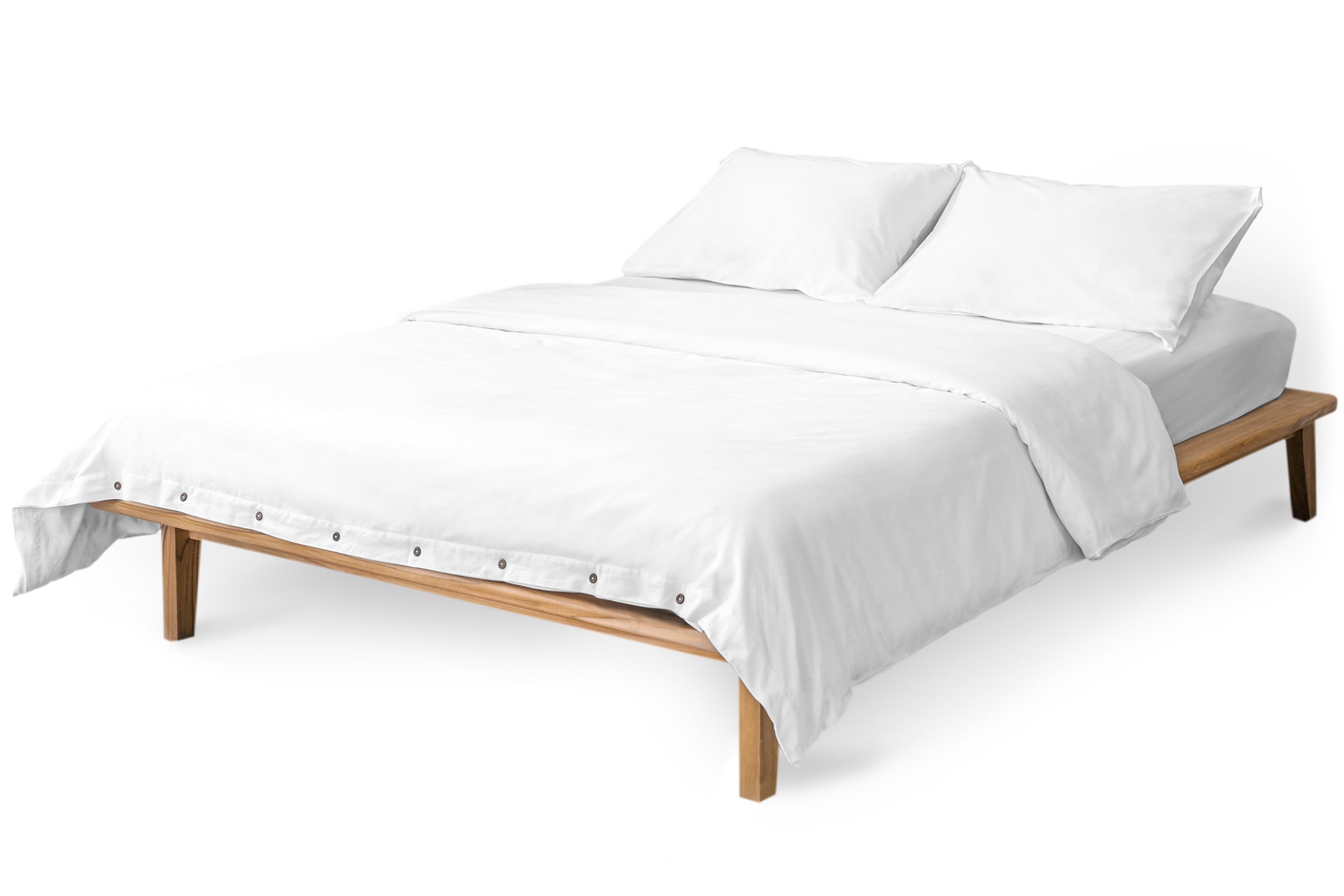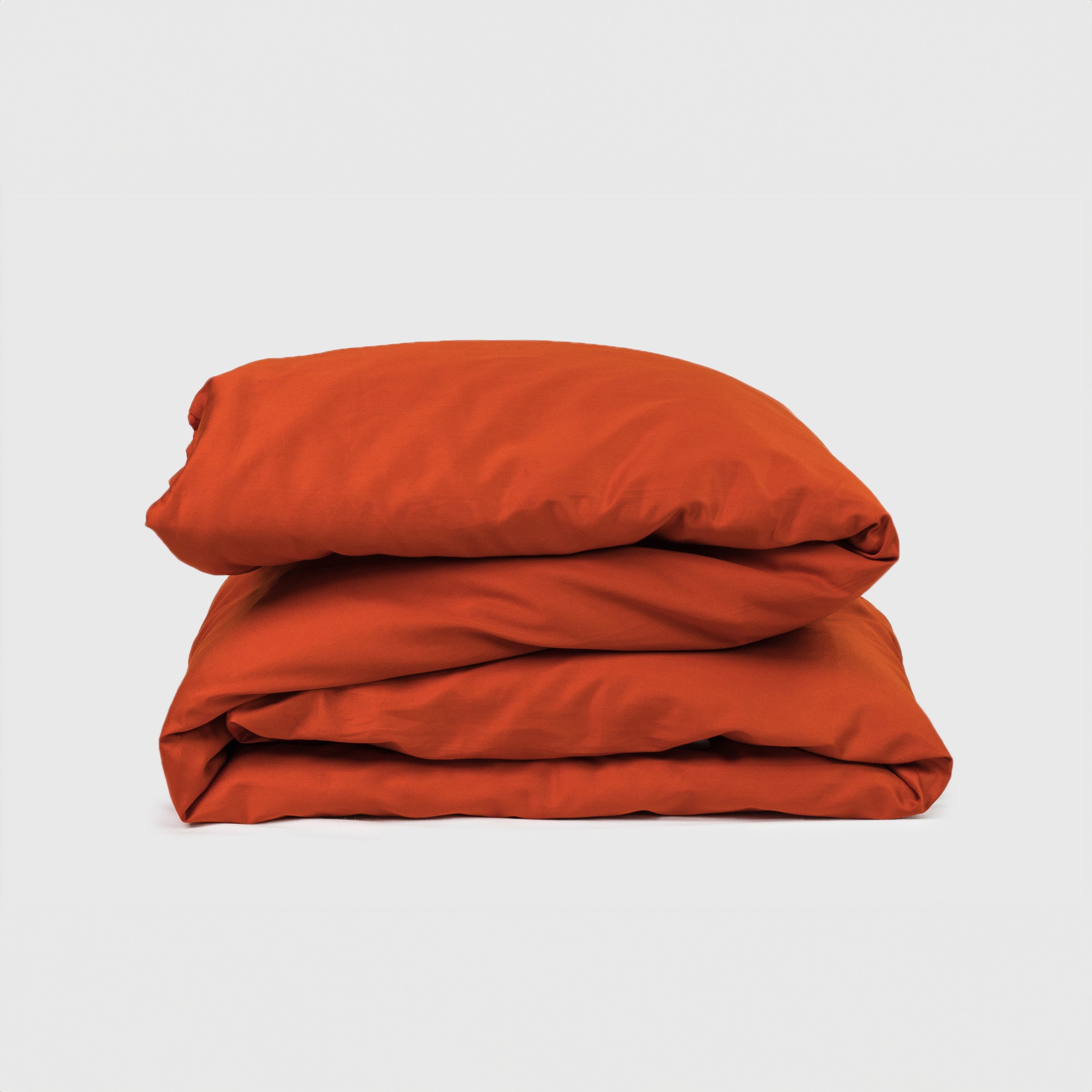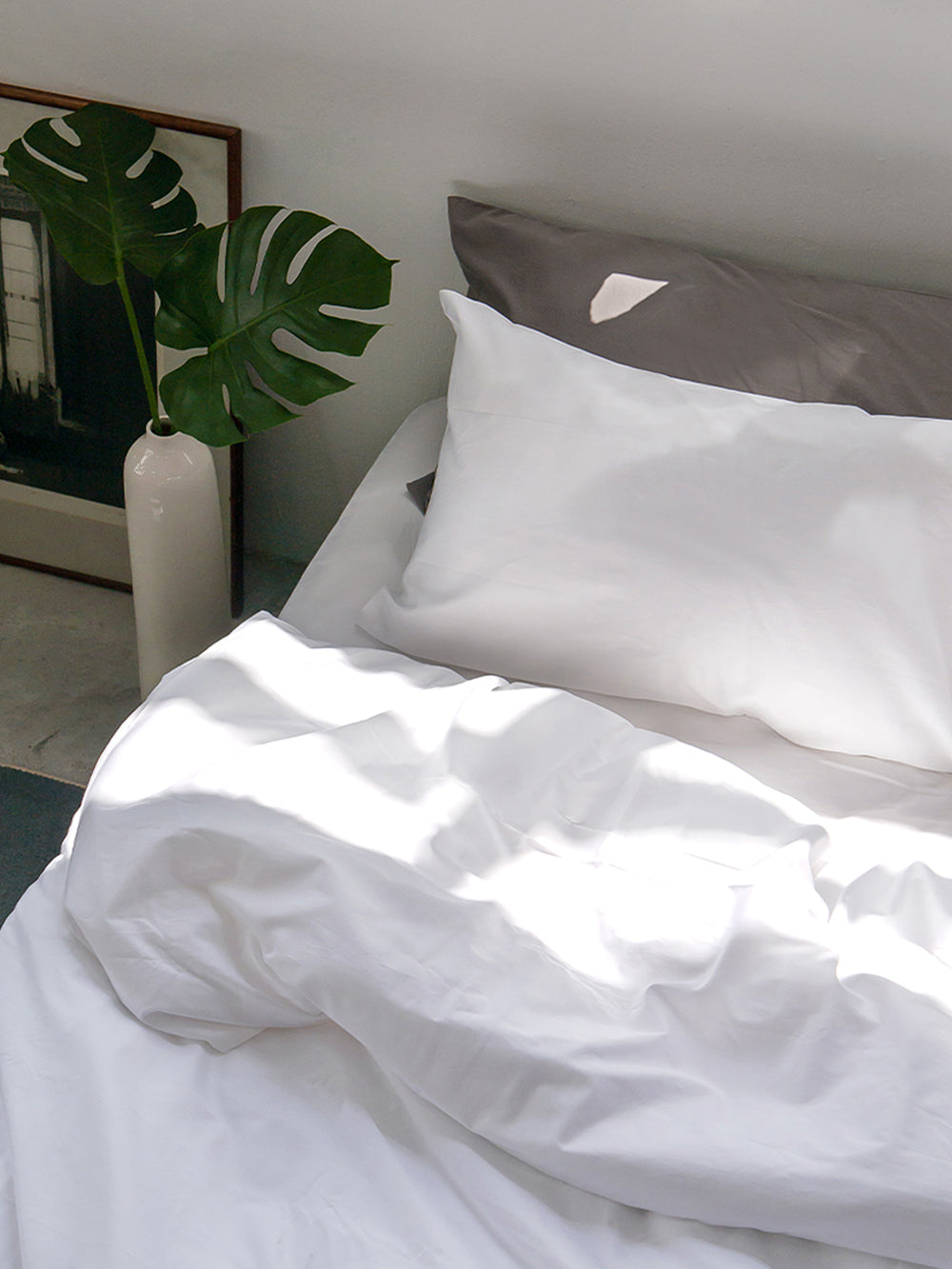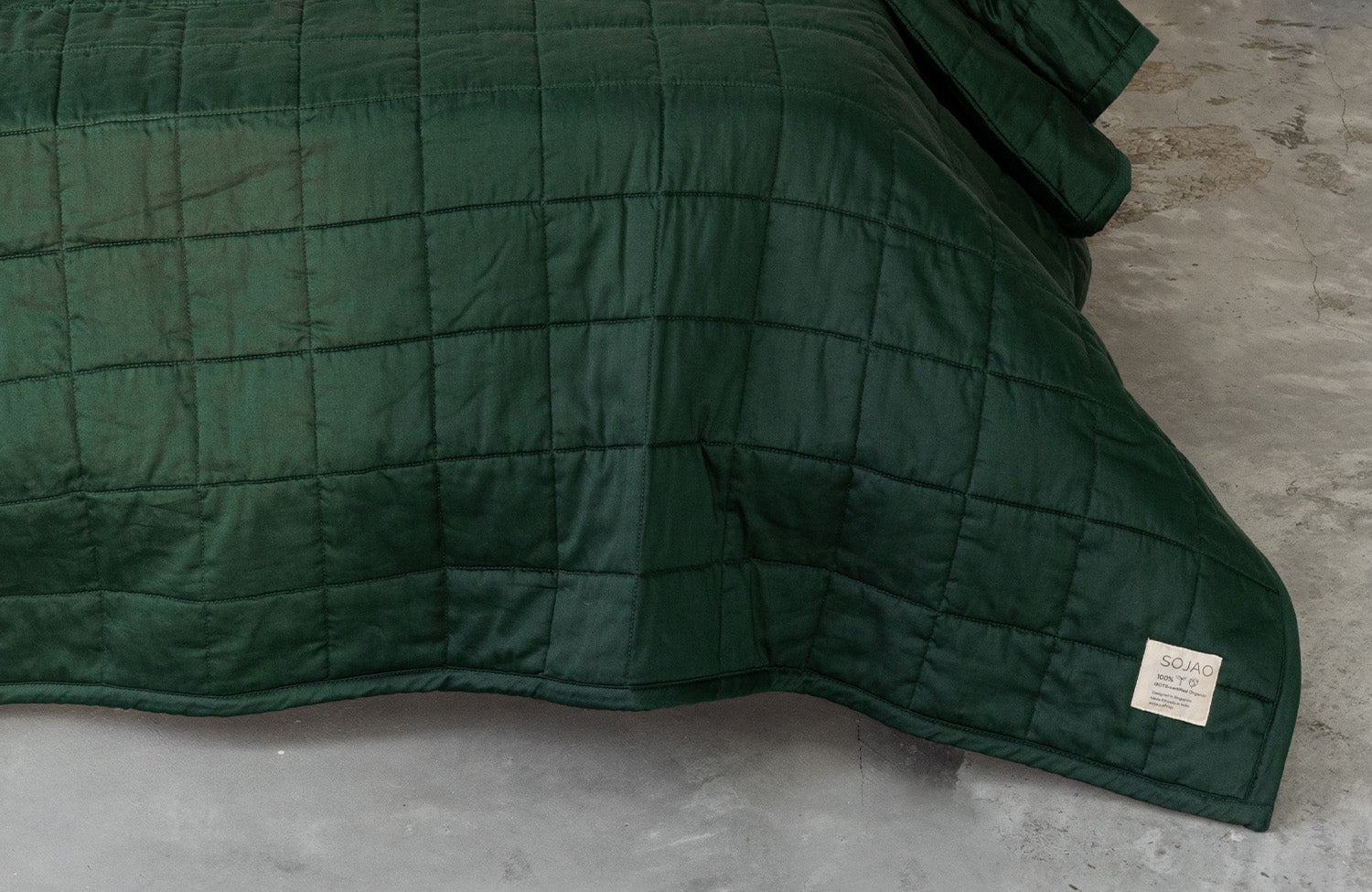TLDR:
Same, same but different. You’ll want to use a duvet cover with a duvet, and these are great with air-con, or use just a standalone quilt for warmer nights.

If we’re spending a third of our lives in bed, then it’s time to make it an even better experience. Investing in the right bedding setup for your sleep can make a huge difference to your quality of life when you’re awake. To get started on discovering your preferences for the best sleeping experience, you’ll want to pick out a good organic mattress and pillow, as well as bed sheets and a blanket.
If we’re going into the world of blankets, there are many kinds of cosy coverings out there, as well as many interchangeable terms. It’s time to delve deeper into your options for the perfect blanket. Now, what’s the difference between a duvet, quilt, comforter and duvet cover? What about a doona? This is the quickest article to understand them all.
A quick overview of topics
- What is a Duvet?
- What is a Quilt?
- What is a Comforter or a Doona?
- What is a Duvet Cover?
- Duvet and Duvet Cover vs Quilt: Which one should you choose?
- Additional tips!
What is a Duvet?
 Photo of duvet insert by Magda Ehlers of Pexel
Photo of duvet insert by Magda Ehlers of Pexel
A duvet is a soft, flat bag filled with down, feathers, synthetic fibres, or a combination of these materials, and it’s used as an insert with a duvet cover. Duvets are usually thick and fluffy, and hence great for providing warmth. Duvets are also usually plain white without any colour or patterns, though they feature stitching that helps to keep the filling in place instead of clumping on one side. They are often used with duvet covers, which is decorative and serves as a protective layer as a duvet is typically not washable.
TLDR:
• Used on its own without any cover
• Machine-washable
What is a Quilt?
 Featuring SOJAO’s 100% GOTS-certified Organic Cotton Quilt
Featuring SOJAO’s 100% GOTS-certified Organic Cotton Quilt
A quilt is typically made by stitching together three layers of fabric: a top layer (known as the quilt top), a middle layer of batting or padding for warmth, and a bottom layer (the backing). The layers are sewn together in various stitching patterns, which not only secure the layers but also add a touch of decoration to the quilt. Quilts are typically thinner than duvets and great for adding a touch of cosy without being too warm. Our organic cotton quilts are perfect for tropical climates such as Singapore’s hot and humid weather. And unlike duvets, quilts are machine-washable and hence don’t require any additional covering.
TLDR:
• Used on its own without any cover
• Machine-washable
What is a Comforter or a Doona?
In certain cultures and countries such as the United States or Europe, the term ‘comforter’ is used to describe the duvet. In Australia, the term ‘doona’ is used to describe the duvet, and ‘doona cover’ would be used to describe the duvet cover.
TLDR:
• Alternative name for duvets
• Comforter is a term in the US and Europe
• Doona is a term in Australia
What is a Duvet Cover?
A duvet cover is a protective fabric sheet that is used to encase a duvet insert. Duvet covers are designed to be easily removable and washable. The best duvet covers (SOJAO’s of course!) come with 8 corner ties to secure your duvet insert. They offer a versatile way to change the look of your bedroom too since they come in lots of colours and patterns and you just need to swap them out.
TLDR:
• Used as a covering for a duvet
• Machine-washable
Duvet and Duvet Cover vs Quilt: Which one should you choose?
The first question to ask is: “Are you a hot or cold sleeper?” If you’re a hot sleeper and tend to feel warm easily, you should consider a quilt. Our organic cotton quilts are low-fill at 200 GSM, and you’ll have a comfortable cool night’s sleep without waking up sweaty.
If you’re a cold sleeper and tend to shiver easily, try a duvet with a duvet cover. There are many duvets with different kinds of fillings and weights and it’s easy to find a suitable one. Using a duvet with a duvet cover will definitely help to keep you warm and cosy through the night.
Additionally, consider whether you rely on an air conditioner or simply a fan for your sleeping comfort. If you favour sleeping in a cool environment with the air conditioner running, a duvet paired with a duvet cover might be the better choice. On the other hand, if you prefer the gentle breeze of a fan while you sleep, a thinner quilt could be more practical.
Additional tips!
We’ve compiled the best tips to further help you decide on your perfect blanket.
1) You can pick a larger size of blanket than your mattress size
Perhaps you prefer your blanket to drape down more on the sides, or your partner is a blanket-snatcher but you’d still prefer to snuggle under one covering. Consider sizing up on your blanket then! Go for a bigger King duvet and duvet cover or quilt, with a Queen-size mattress. We even have Super King if need a size larger than King. With our Bed Builder, you can easily mix and match between sizes of any item in a set.
2) Go for two single-sized blankets instead
For the sake of matrimonial harmony, if you have vastly different sleeping preferences from your partner’s, consider getting two separate but smaller blankets for each individual. Buy two single-size duvets and duvet covers in the same colour for a more seamless look on the bed. If you’re a hot sleeper but your partner’s a cold sleeper, you could also go for a single-size quilt and a single-size duvet with a duvet cover.
3) Go for hypoallergenic, natural materials
You shouldn’t be sleeping around allergens that could affect your sleep. Hypoallergenic products are less likely to cause allergic reactions in people who are sensitive or prone to allergies. Discover why organic cotton is hypoallergenic and the perfect natural bedding material for you, especially if you suffer from allergies or have skin disorders such as eczema or psoriasis.
Still unsure about what’s the right choice of bedding for you? Take our quiz!


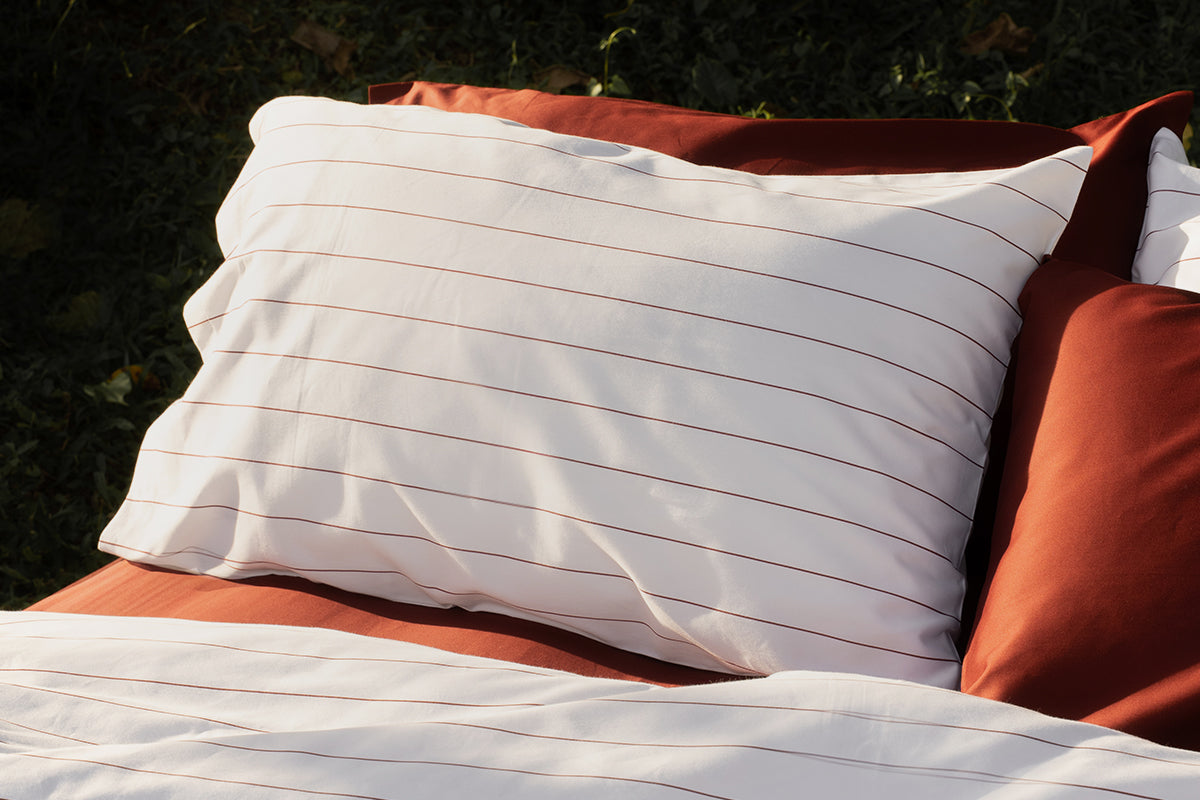

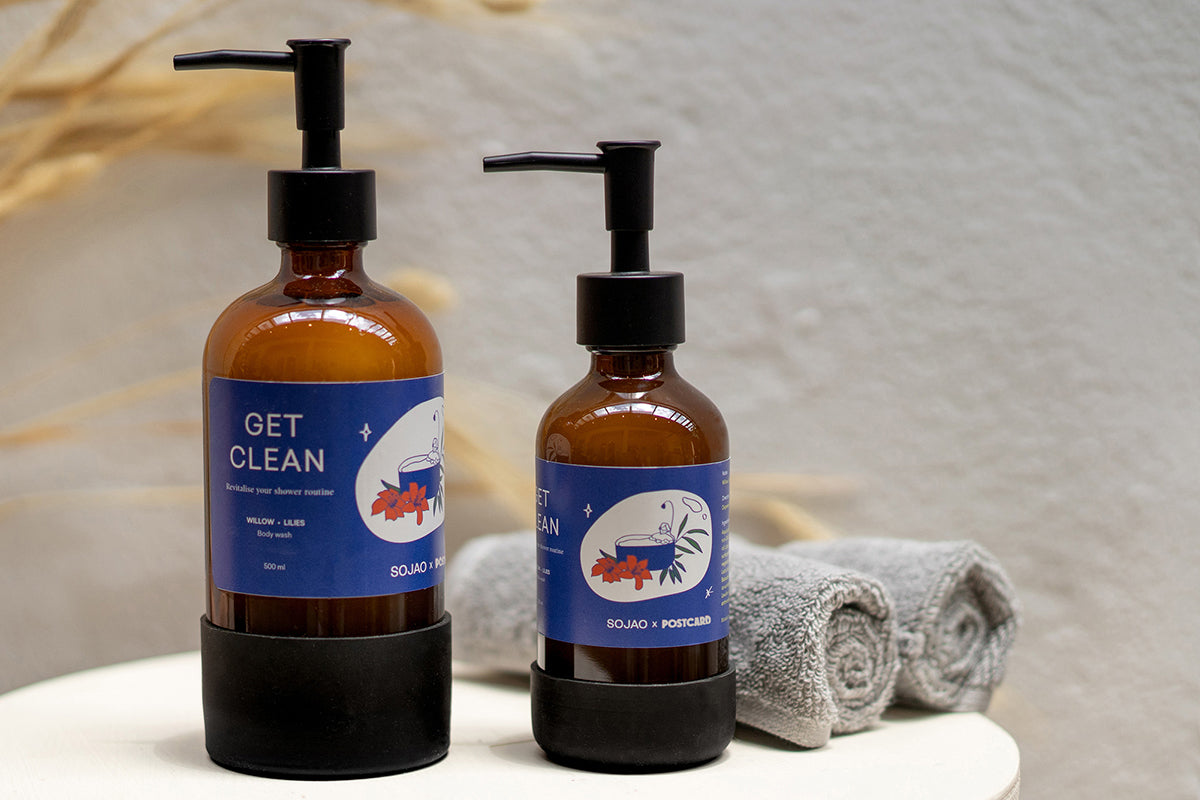
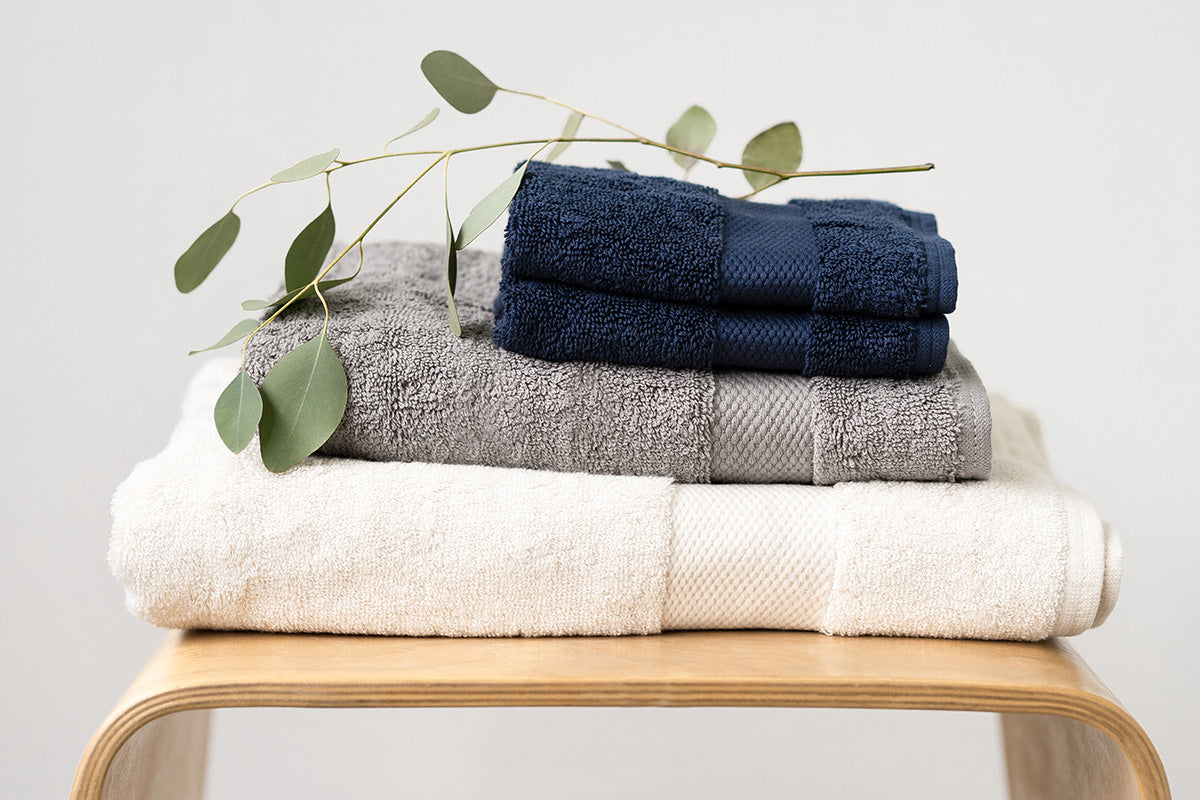
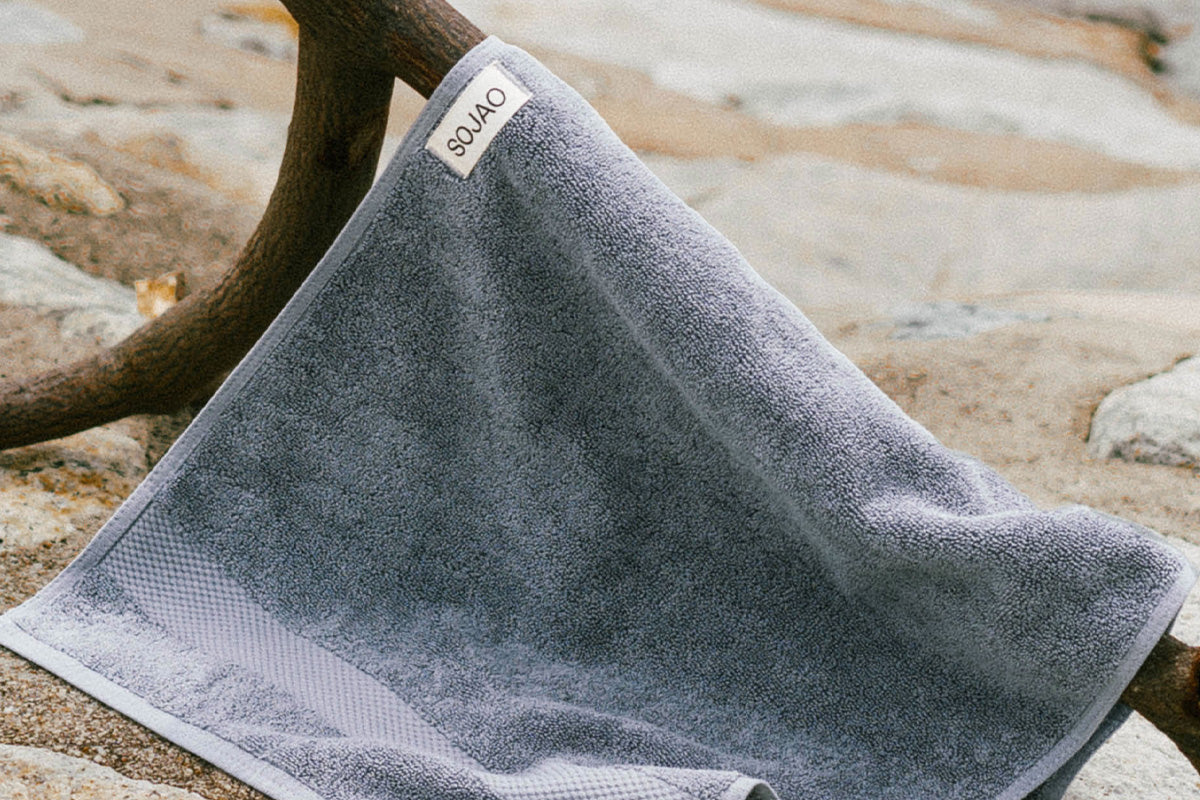
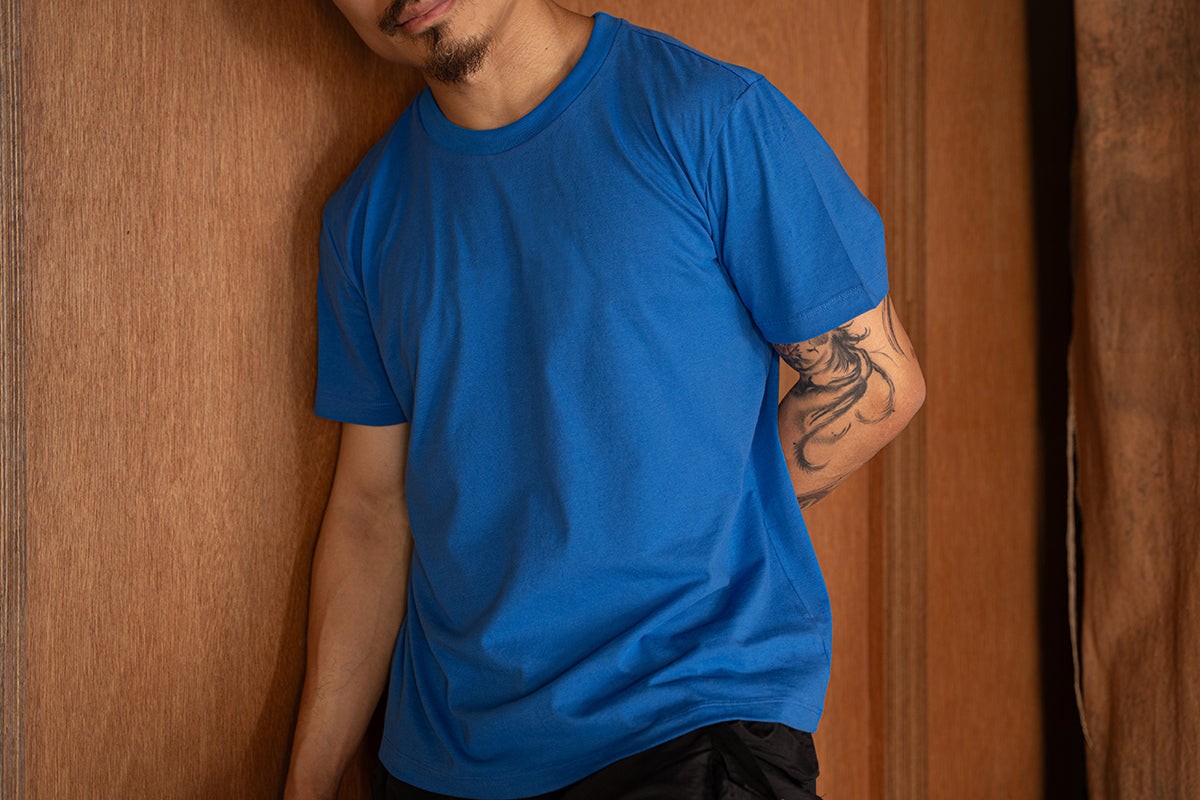

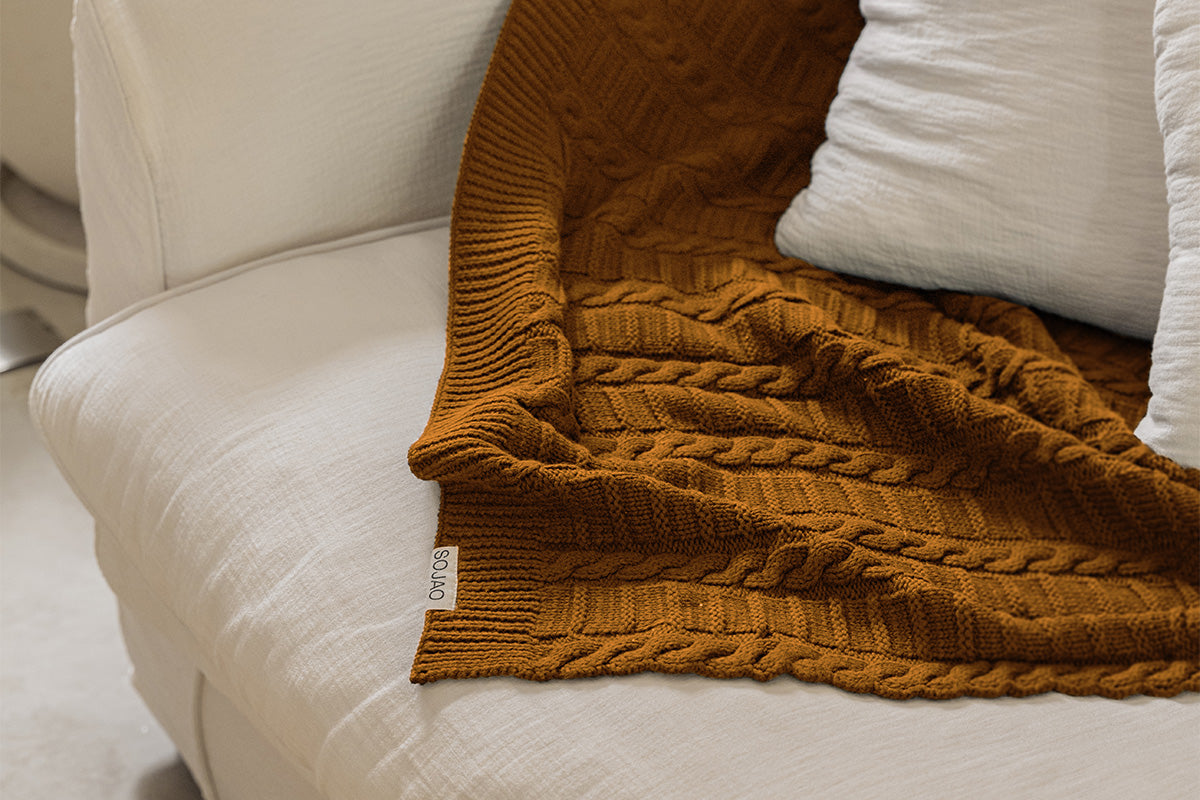
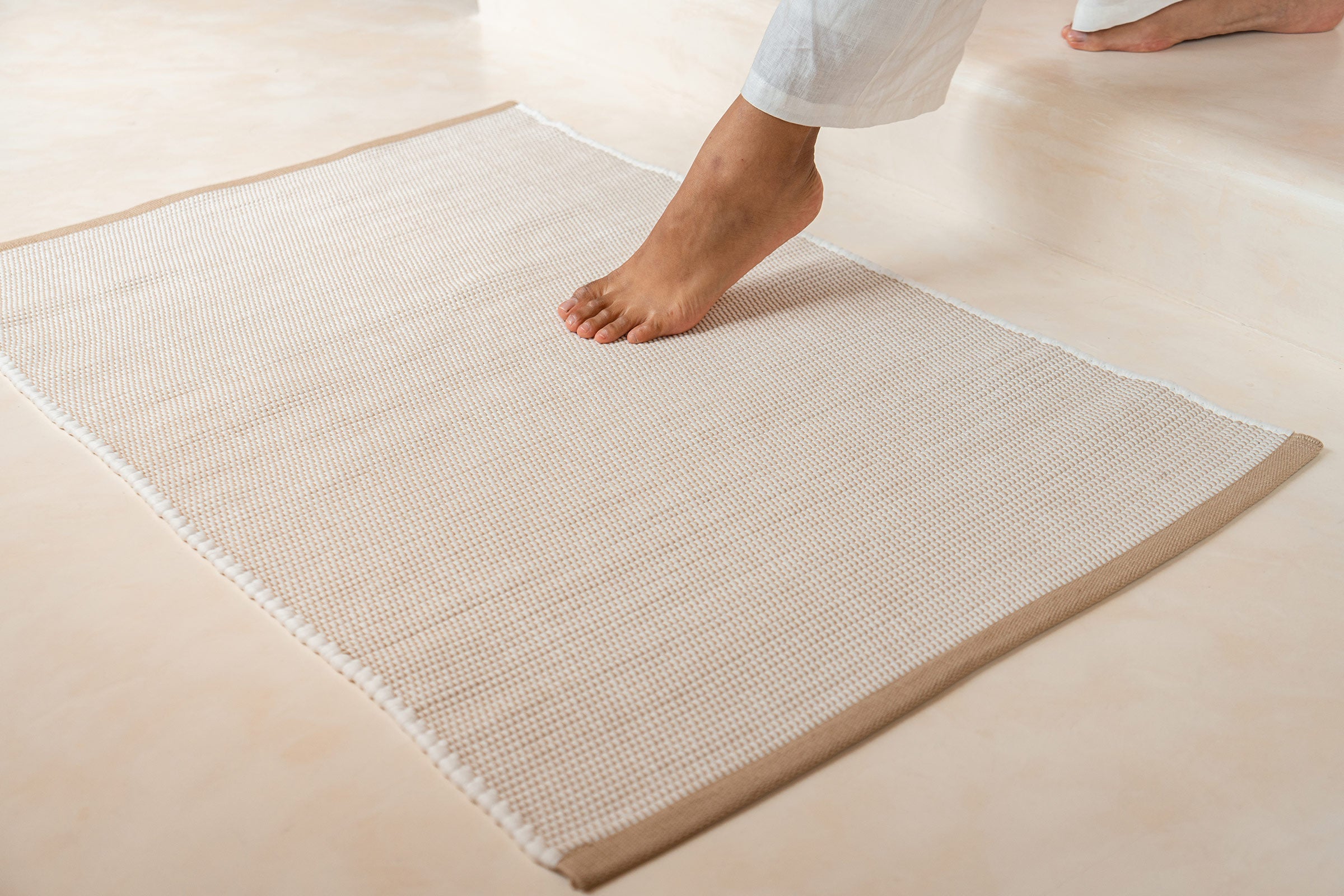

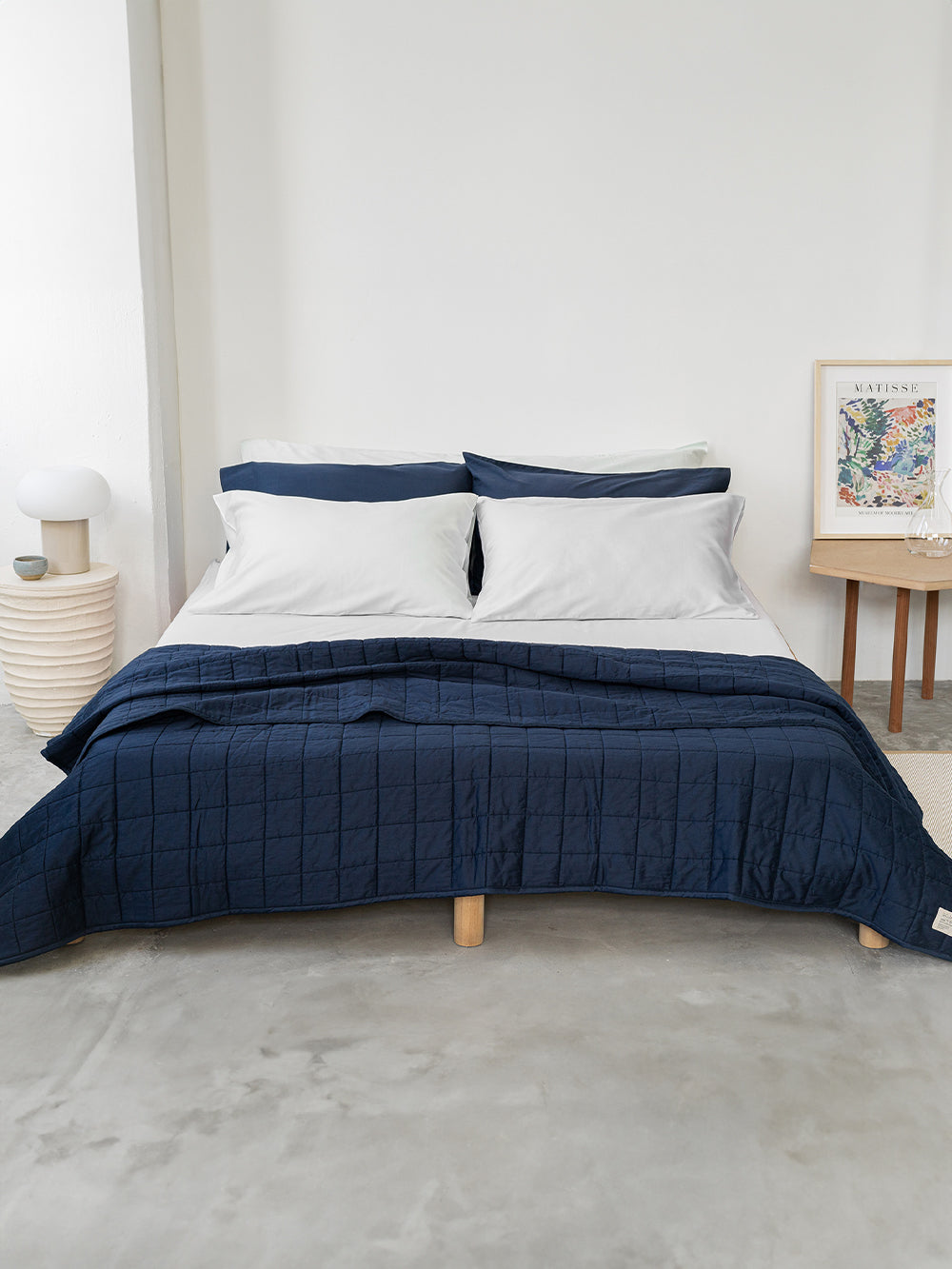
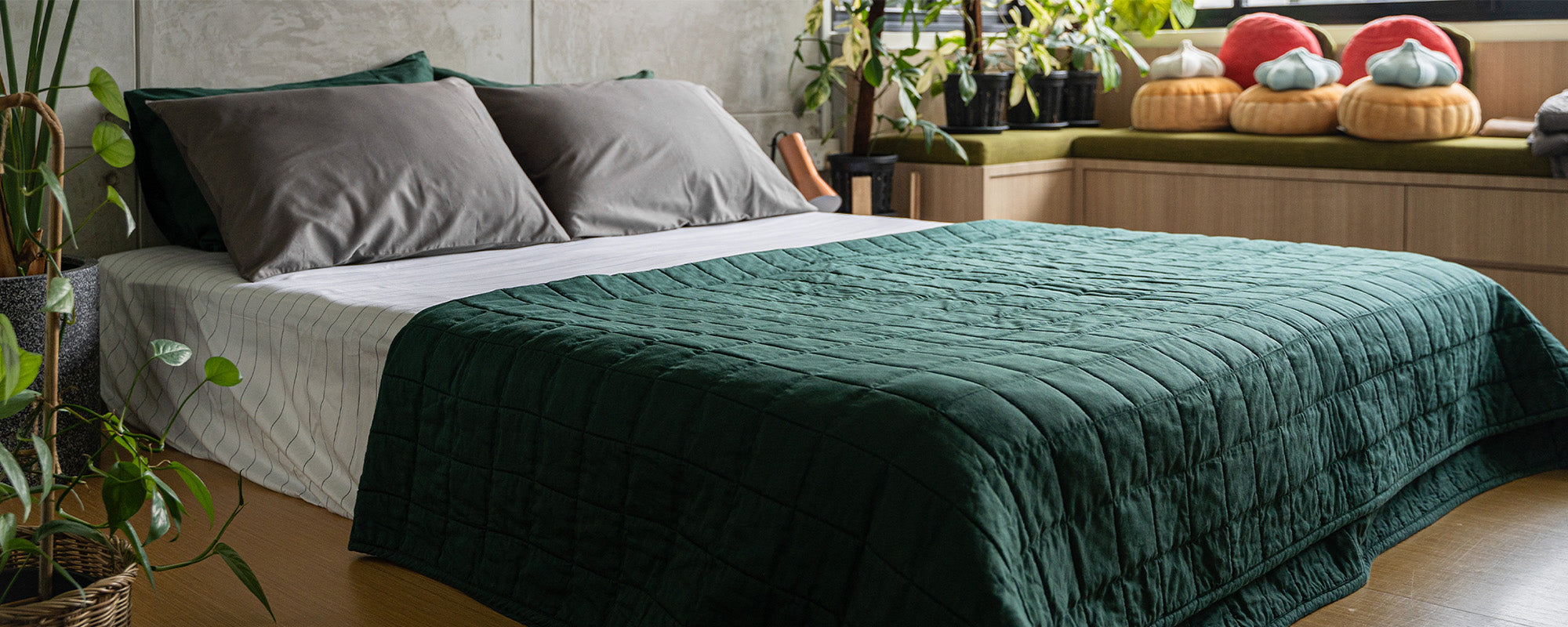
 Featuring
Featuring  Featuring
Featuring  Featuring SOJAO’s Duvet Covers in Single-size in
Featuring SOJAO’s Duvet Covers in Single-size in 